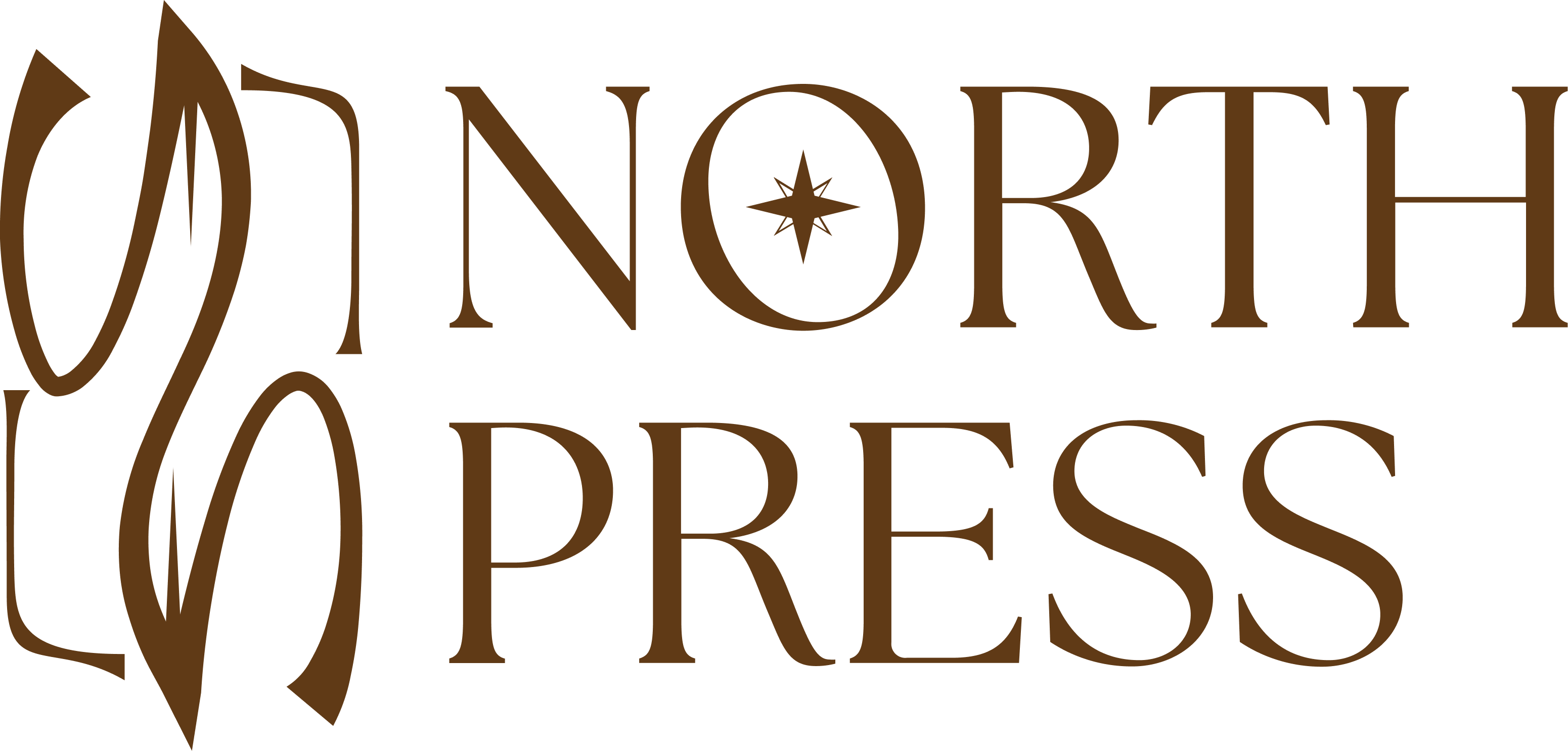Article Guidelines
Articles are written in English, 1.15 spacing, one column, 3,500-8,000 words long. The author's name must match the name in OJS and must be included in the article metadata on the Open Journal System (OJS) site. Authors must fill in the author profile on the OJS site which consists of Author's Full Name, Family Name (If the author only uses one name, fill in the full name and surname with the same name), Affiliation (University/Institution). Complete address of affiliation: Study Program, Department, Faculty/School, University, City, Country, Postal Code.
The article consists of TITLE, ABSTRACT, INTRODUCTION, LITERATURE REVIEW, METHODS, RESULTS AND DISCUSSION, CONCLUSION, ACKNOWLEDGMENTS, and REFERENCES.
TITLE: The title should concisely describe the content of the research article and be of interest to academic readers. The title consists of 8-20 words, excluding the definite article (the) and indefinite article (a, an). Use phrases, not sentences.
ABSTRACT: The abstract is a summary of the article. Consists of research objectives, research methods, findings, and originality. Implications or recommendations can be added in the abstract. Abstracts must be written in 100 - 250 words. The abstract must not contain lengthy background information and must not refer to images, tables, equations, bibliographic references either in the article or in other articles. Abstract language must be clear and concise. An abstract is a summary that stands alone in one paragraph.
KEYWORDS: Keywords consist of important/specific words or phrases found mainly in the title and abstract. However, keywords can also come from articles. There are 3-5 keywords from one article.
INTRODUCTION: The introduction shows what is known from previous research, defines the importance of the research, reviews the literature, and states the purpose of the research. To understand what is known from previous research, the introduction should consist of a discussion of relevant journal articles (with citations) and summarize current understanding of the problem at hand to demonstrate the novelty of the research.
LITERATURE REVIEW: In this section, researchers are expected to be able to clearly explain the theories that are the basis of their research. The main aim of the Literature Review is so that the relationship between the discussions carried out in the research and the theories used can be well established. In this context, "literature" refers to a collection of knowledge, articles, books, and other sources relevant to the research topic. "Review" means careful research or examination of the literature. Literature Reviews have an important role in providing a strong theoretical foundation for the research being conducted.
METHOD: The method clearly explains how the author conducted the research. The method must clearly describe the research design, replicable research procedures, explain how to summarize and analyze the data.
RESULTS AND DISCUSSION: The results show an objective presentation of the main results of the research without any interpretation using text, tables and figures. Results begin with text, present the main findings, and refer to tables and figures. The table must not be a print screen, certain numeric values, comparison and contrast values, and must have a minimum of 2 rows and columns. Images should be clear (include original files as additional files in article submission), highlighting trends, patterns, and relationships. Research results should show how the author ensured the validity and reliability of the data.
The discussion shows how the author interprets the results based on what is already known, and to explain new understanding of the problem after considering the research results. The discussion should be connected to the Introduction so that it explains how your research contributes to the body of knowledge and society.
CONCLUSION: The conclusion indicates the answer or clarification of the research question and opportunities for future research.
ACKNOWLEDGMENTS: Authors should indicate funding sources that supported the research and may name outside reviewers who read their manuscript.
REFERENCES: References must consist of 80% of relevant and recent primary sources (such as journal or conference articles from the last 5 years). References must be written in APA style and use reference management software (Mendeley, Zotero, etc.). References must be written in Roman script (Kanji, Hanzi, and Hangul are not allowed).
*Tables and figures in the article are numbered sequentially using numbers (1, 2, 3, and so on) and written with descriptions and sources of the figures and tables. Table captions are written above the table, while figure captions are below the figure. For tables, avoid using vertical lines. Images and tables are displayed in good resolution and are not print screens and/or screenshots.
Articles are based on research results, case studies, or scientific developments in the field of Culture, which examine behaviour and thoughts, values, attitudes, norms, art and design, rituals and beliefs, cultural psychology, and cultural communication. Articles are written in a scientific language style and have never been submitted for consideration or review or published in journals and/or other scientific media.










 Instagram
Instagram 